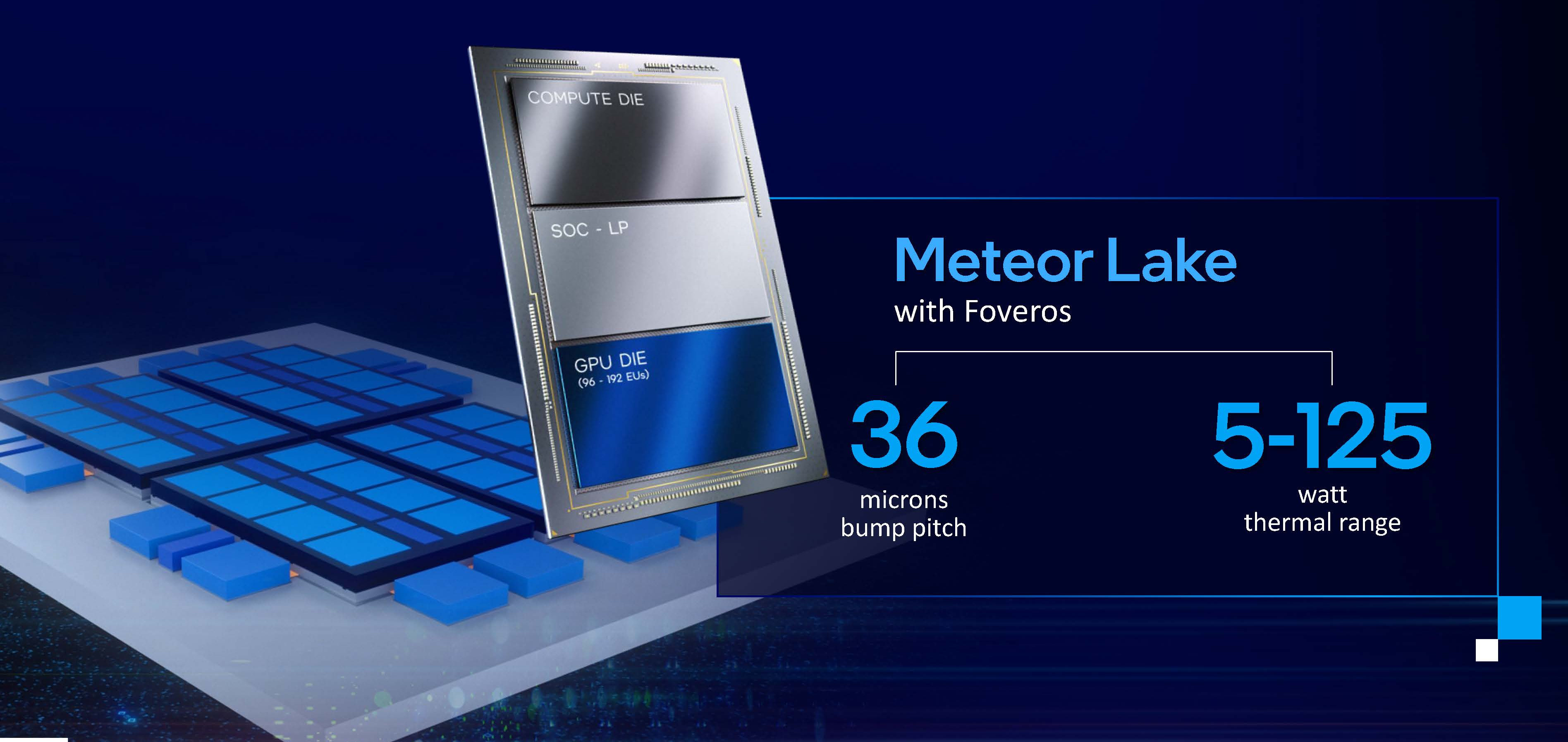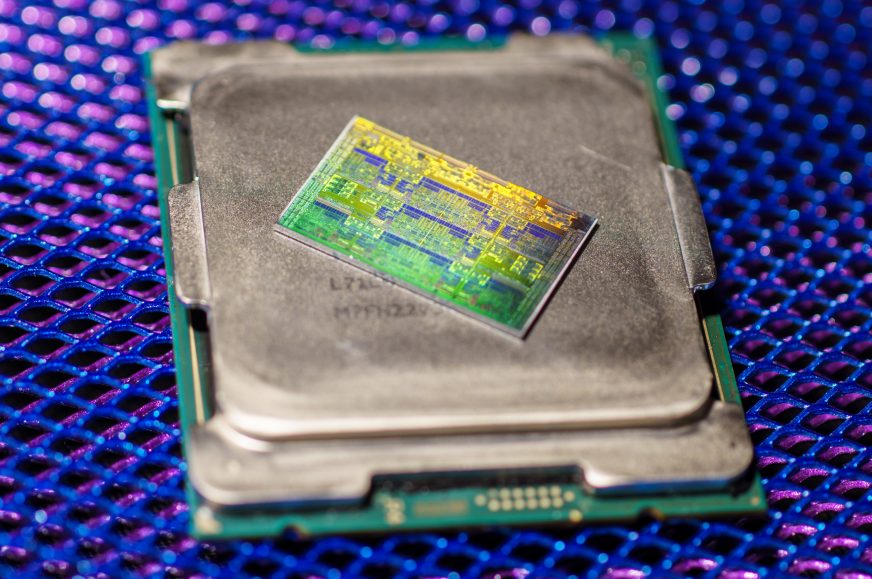The roadmap showing Arrow Lake processors might be legit, more details coming out
Last week we’ve covered a leaked Intel processor roadmap showing Arrow Lake, Lunar Lake and Nova Lake processors that are to arrive after Alder Lake, Raptor Lake and Meteor Lake. We said to take it with a grain of salt, as that was the first time the Arrow and Nova codenames have shown up. But shorty after, more information on Arrow Lake has come up that could prove its existence. Looks like the mobile will pack a very fast iGPU.
YouTube channel AdoredTV claims that at least Arrow Lake is in fact a real planned product (though this does not change that it is still an unconfirmed rumor). They also state that the cited names of the CPU architectures used also match, with big high-performance cores to be called Lion Cove and small, energy-efficient cores that are meant to increased multithreade performance to be called Skymont.
However, while the previous leak said that Arrow Lake should deliver high multithreaded performance, as the processor was said to increase the core count to 8 big and 32 little cores in the maximum configuration (for a total of 48 threads), AdoredTV says something else: “Halo” product based on this chip is said to contain 6 big and 8 little cores.
But this difference is probably rooted in AdoredTV talking specifically about a variant of the Arrow Lake-P chip designed for laptops. If Intel sticks to the line-up structure of laptop processors that is said to exist in the Alder Lake generation, then the P variant is to be included in laptops with 28–45 W TDP, and in the Alder Lake generation it will actually have the same 6+8 cores, so this would remain unchanged. This mobile variant is a different chip compared to silicon that will be used in the desktop and for the highest-performance laptops (55W TDP).
So his division will likely be repeated in Arrow Lake and the chip with 8+32 cores could probably be designed for desktop PCs (65, 125 W TDP), while 28W and 45W (if TDP will not change) laptop models would have only those 6+8 cores. Why hasn’t the count increased since Alder Lake, even though Arrow Lake is said to come to the market almost two years later (reportedly in Q4 2023, although this may not necessarily be the launch time of the laptop version)? The reason could be that Intel will focus on the gaming performance of the integrated GPU for this chip.

That’s becasuet the specifications of the GPU part are actually very interesting. AdoredTV states that it should have whole 320 EU. Recently, Intel itself revealed that the Meteor Lake processors, which could be released around Q2 2023, should have 192 EU, which could be 1536 shaders (in the highest-performance variant, there should be a lower one with 96 EU), unless the number of ALU shaders per EU is going to be increased. But Arrow Lake is said to increase GPU performance even more. The EU count is said to be equal to 320.

If Intel again sticks to the number of shaders per EU, this would mean 2560 shaders. This integrated graphics chip would therefore have the same number of units as Radeon RX 5700 XT or Radeon RX 6700 XT, which would give the chip a potential for very good 3D performance (which however may be lower than the dedicated cards just mentioned due to limitations TDP and lower memory bandwidth pose for integrated graphics).
It is not yet clear what GPU architecture these units will be based on. The rpeceding Meteor Lake generation should still use a derivative of the Gen 12 architecture (Xe LP) that is derived from the current Tiger Lake generation of processors, leaked documents have shown that the Meteor Lake GPU architecture is Gen12.7 and only the Lunar Lake generation should have a new Gen13 architecture. However, it is likely that Arrow Lake, which should launch in the time between these two generations, could also bring (as the first one) this Gen13 graphics architecture. In such case that could then further improve gaming performance.
The manufacturing node of Arrow Lake will be produced on is not entirely clear. A previous leak stated that the the succeeding Lunar Lake generation was to use the 3nm TSMC process, but because Arrow Lake has the same CPU architecture, it could theoretically be made on the same process (but not necessarily). However, the integrated GPU will probably be on a separate chiplet, so its manufacturing process could actually be independent of CPU cores. This graphics chip will probably also be produced by TSMC, but it is still unknown whether on a 5nm, 4nm or 3nm process.
Sources: AdoredTV, VideoCardz
Translated, original text by:
Jan Olšan, editor for Cnews.cz








